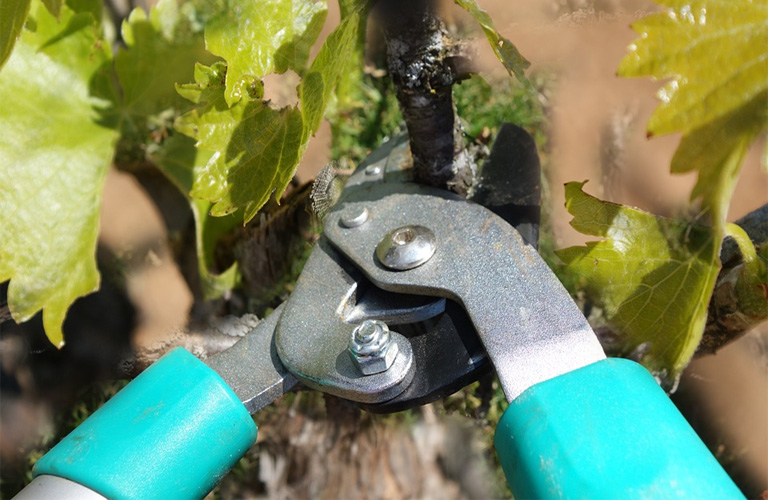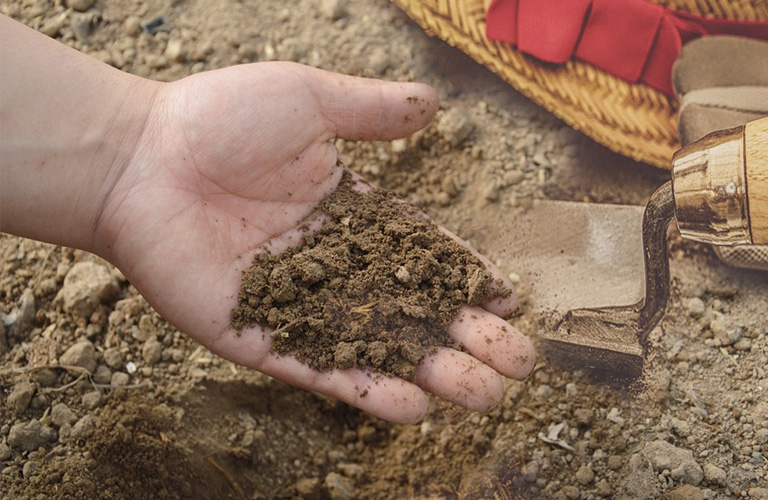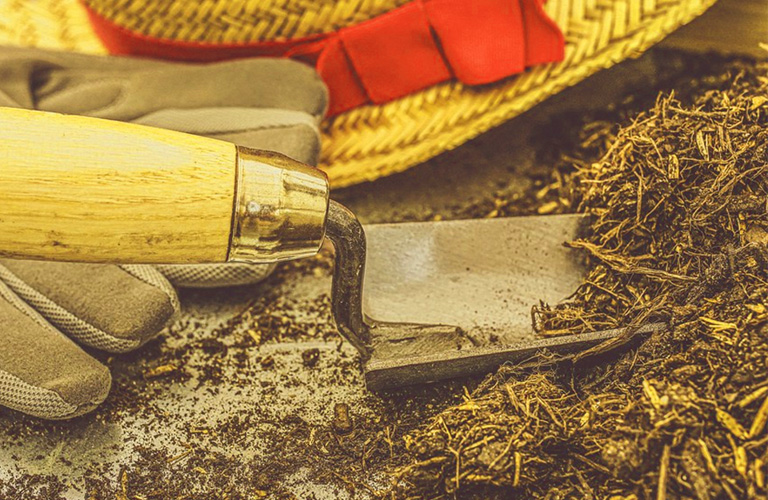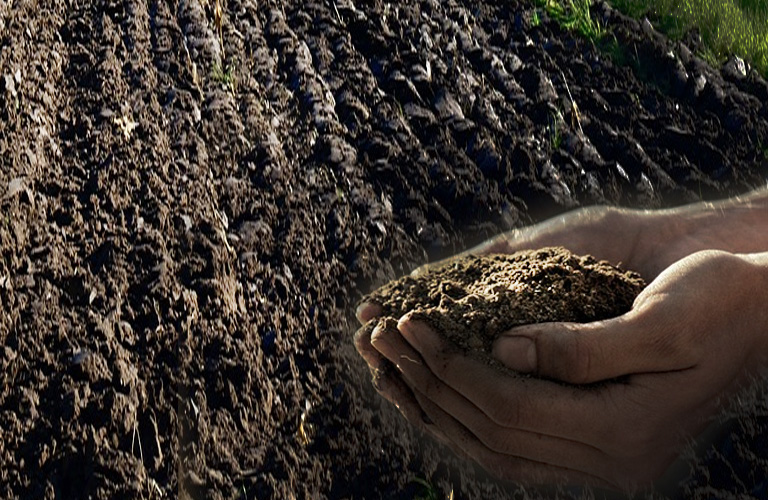Dormant Stem Cuttings
Dormant wood cuttings are used for grapes, currants, gooseberries, willows, poplars, and many other kinds of soft-wooded trees and shrubs. Such cuttings are ordinarily taken in fall or winter, but cut into the proper lengths and then buried in sand or moss where they do not freeze, in order that the lower end may heal over or callous. In the spring these cuttings are set in the ground, preferably in a rather sandy and well-drained place.
Usually, hardwood cuttings are made with two to four joints or buds, and when they are planted, only the upper bud projects above the ground. They may be planted upright or somewhat slanting. In order that the cutting may reach down to moist earth, it is desirable that it should not be less than 6 inches long; and it is sometimes better if it is 8 to 12 inches. If the wood is short-jointed, there may be several buds on a cutting of this length; and in order to prevent too many shoots from arising from these buds the lowermost buds are often cut out. Roots will start as readily if the lower buds are removed, since the buds grow into shoots and not into roots.
Cuttings of currants, grapes, gooseberries, and the like may be set in rows that are far enough apart to admit of easy tillage either with a small field cultivator or hand tools, and the cuttings may be placed 3 to 8 inches apart in the row. Some English varieties of gooseberries, considerably grown in this country, do not propagate readily from cuttings.
After the cuttings have grown one season, the plants are usually transplanted and given more room for the second year's growth, after which time they are ready to be set in permanent plantations. In some cases, the plants are set at the end of the first year; but two-year plants are stronger and usually preferable.
Cuttings of Roots
Root cuttings are used for blackberries, raspberries, and a few other things. They are ordinarily made of roots from the size of a lead pencil to one's little finger, and are cut in lengths from 3 to 5 inches long. The cuttings are stored the same as stem-cuttings and allowed to callous. In the spring they are planted in a horizontal or nearly horizontal position in moist sandy soil, being entirely covered to a depth of 1 or 2 inches.
Green Cuttings
Softwood or greenwood cuttings are usually made of wood that is mature enough to break when it is bent sharply. When the wood is so soft that it will bend and not break, it is too immature, in the majority of plants, for the making of good cuttings. One to two joints is the proper length of a greenwood cutting. If of two joints, the lower leaves should be cut off and the upper leaves cut in two so that they do not present their entire surface to the air and thereby evaporate the plant juices too rapidly. If the cutting is of only one joint, the lower end is usually cut just above a joint. In either case, the cuttings are usually inserted in sand or well-washed gravel, nearly or quite up to the leaves. Keep the bed uniformly moist throughout its depth, but avoid any soil which holds so much moisture that it becomes muddy and sour. These cuttings should be shaded until they begin to emit their roots. Coleus, geraniums, fuchsias, carnations, and nearly all the common greenhouse and house plants, are propagated by these cuttings or slips.
FIND OUT MORE:

Cuttings of Leaves
Leaf cuttings are often used for the fancy leaved begonias, gloxinias, and a few other plants. The young plant usually arises most readily from the leaf stalk or petiole. The leaf, therefore, is inserted into the ground much as a green cutting is. Begonia leaves will throw out young plants from the main ribs when these veins or ribs are cut. Therefore, well-grown and firm begonia leaves are sometimes laid flat on the sand and the main veins cut; then the leaf is weighted down with pebbles or pegs so that these cut surfaces come into intimate contact with the soil beneath. The usual way, however, is to cut a triangular piece of the leaf and insert the tip in sand. So long as the cutting is alive, do not be discouraged, even if it do not start.
General Treatment of Cuttings
In the growing of all greenwood and leaf cuttings, it is well to remember that they should have a gentle bottom heat; the soil should be such that it will hold moisture and yet not remain wet; the air about the tops should not become close and stagnant, else the plants will damp off; and the tops should be shaded for a time. In order to control all the conditions, such cuttings are grown under cover, as in a greenhouse, coldframe, or a box in the residence window.
An excellent method of starting cuttings in the greenhouse (or your house) is to make a double pot. Inside a 6-inches pot set a 4-inches pot. Fill the bottom, with gravel or bits of brick, for drainage. Plug the hole in the inside pot. Fill the spaces between with earth, and in this set the cuttings. Water may be poured into the inner pot to supply the moisture.
But enough for now of the dream garden. Let's go outdoors and look the place over, and pick out the best spot for that garden patch of yours.









